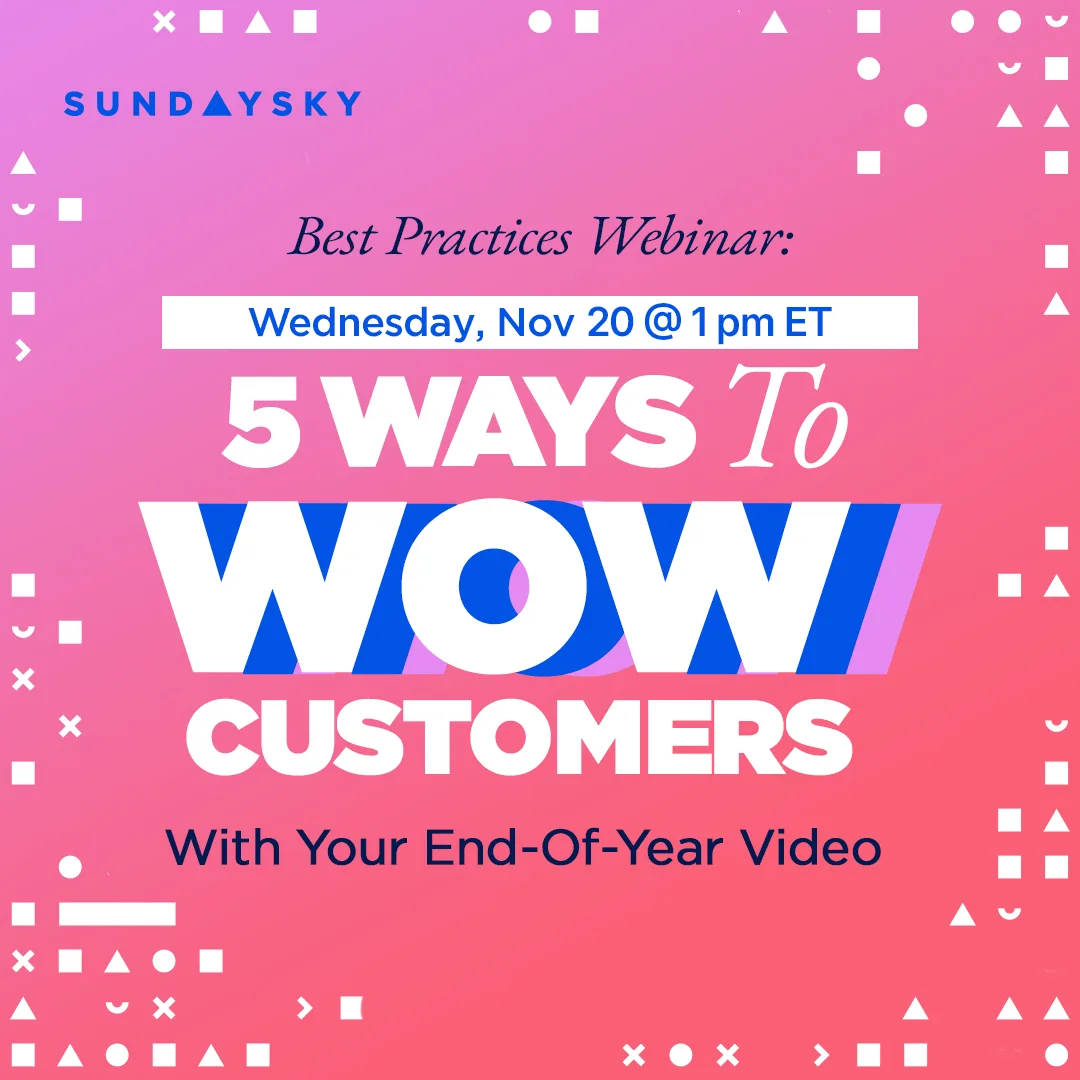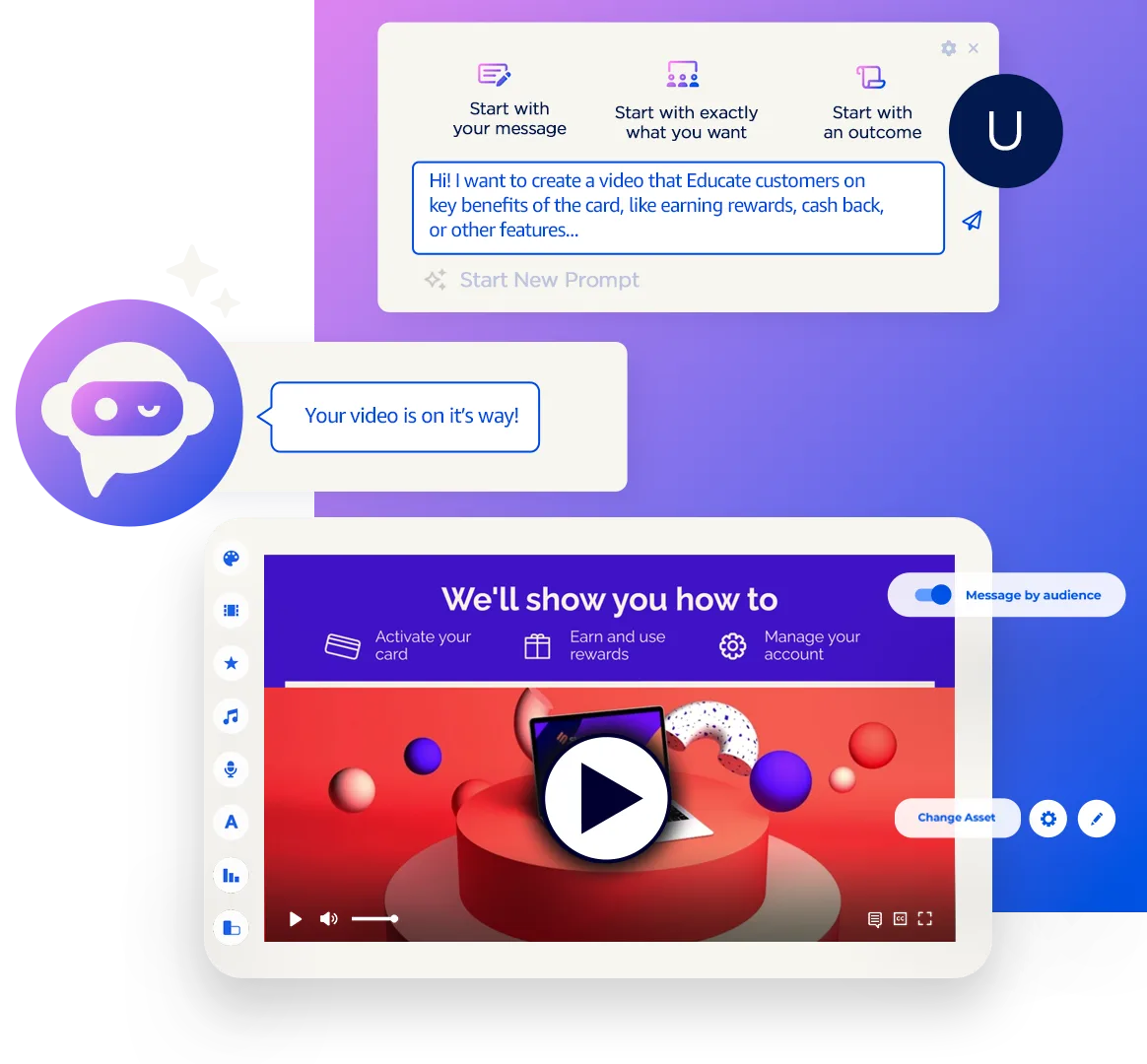“Best practices” are often too broad and generic to truly be actionable, which is why the myth of “one size fits all” should no longer be perpetuated. Just over a year ago we noticed our advertising business was moving faster and faster toward Facebook. Knowing that people interact with video ads on Facebook completely differently than they do with traditional online video ads, we figured we needed to change the way we create videos that are meant for this new environment. In an effort to discover our own Facebook video best practices, we decided to deploy video creative tests with some of our first Facebook ad programs.
Video Subject
The first thing we wanted to measure is the content within the video itself. The purpose of this test was to measure whether offer-centric content or high-level brand messaging fares better in the Facebook environment. In order to test this, two video ads for a telecommunications brand were deployed to the same audience; one that was shorter and focused on price point and one that was a bit longer and simply put the brand in front of the consumer. In this specific case, the high-level brand messaging video performed much better with a 39% lift in online purchases and a 108% lift in returning traffic to the brand’s site. Though the brand-focused video won here, it’s important to note that since then we have seen other programs tell the opposite story with the offer-centric messaging performing better.
Video Storytelling Techniques
The next test was about comparing the performance of different video storytelling techniques on Facebook. This test compared the effectiveness of five different storytelling techniques, or flows, that differed in their balance between messaging and entertainment. The techniques included were pulse, burst, boomerang, retrograde, and linear. To test this, we partnered with a major retail brand to create five separate video ads, one for each of the five storytelling flows, that advertised similar deals to the same audience. The test concluded that the different techniques drove very different types of viewer actions, but when measuring direct engagement actions linear seemed to connect with viewers the most. On the other hand, the pulse flow is the technique that ended up driving the most overall hard business value for the retailer. So, once again no real overarching Facebook video best practices were found other than the best video storytelling technique to use on Facebook depends on the goals of the program.
Depth of Personalization
The third test was about the depth of personalization. This test measured if there is a perfect level of overt and subtle personalization within a video that is most effective for driving action on Facebook. For this test, two versions of the same video were deployed, one that was a simple retargeted product advertisement and one that mixed the individual’s Facebook data with the product ad in order to speak more directly to them. In the end, the more personalized ad won by driving a 19% lift in cost per order over the less personalized one. As far as Facebook video best practices go, deeper personalization seems to always be more effective than it’s less personalized counterpart in terms of impacting consumer behavior.
Video length
The final test was pretty straightforward in that it set out simply to discover if there is an optimal length for video ads on Facebook. In order to test this, a six-second, fifteen-second, and thirty-second version of the exact same video ad were created to send to the exact same audience. The fifteen-second version ended up delivering results that were “just right” though the thirty-second version also performed well. It’s important to note that though the fifteen-second version won in this test the longer minute long version beat the thirty-second version in the video subject test.
So, are there Facebook video best practices?
In the end, it was hard to say we came away with anything useful when talking about overarching Facebook video best practices. Looking back, though, it’s easy to see why; they attempted to speak to too broad of a subject. The age of deriving relatability out of vague blanket statements (i.e. messages created for segments) is over, and the time for delivering personal, one-to-one messages is here. What may work for one audience no longer always works for similar audiences, and with modular systems in place every use case is now able to have it’s very own “best practices” to follow.
By using a modular approach to Facebook video ads with dynamic text and creative assets, it’s easier than ever to build video programs that are inherently testable. Now instead of stalling a project due to creative differences it’s simply an opportunity to test two options that can be optimized later. The world is becoming more personalized and agile, so your video advertising strategy should be as well. Building a testing framework into every video marketing program you deploy ensures just that.







